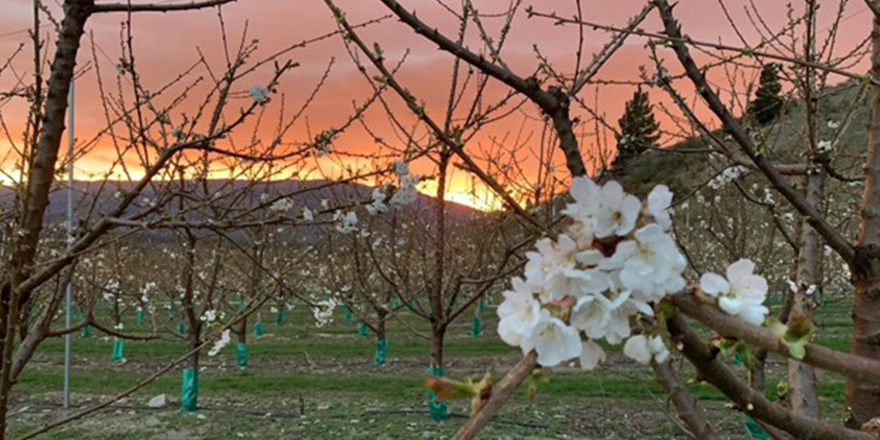Executive summary
The aim of this research was to explore ways to strengthen rural communities in New Zealand. The research focuses on the three small rural communities of Kimbolton, Apiti and Rangiwahia, all located in the northern Manawatu.
Six households were chosen from each community and invited to participate in the project. The participants were given a survey and interviewed in their homes. The survey questions covered the following things: participants’ understanding of a sense of community, rural change, community facilities and social groups, community involvement, understanding of community governance, and access to technology.
Alongside the interviews, a literature review has been done. This explores the importance of community, the concept of social capital and examines research done into communities facing change in relation to a changing rural environment.
In interviewing the participants, it was evident that community meant more than a physical or geographical location or connection. Everyone involved in the interviews talked about relationships and connections, and supporting community members, i.e. social capital.
Participants were asked to score their own community on a scale from 0 = no sense of community, to 5 = strong sense of community. The scores ranged from 1-4, with the majority sitting around 3. The desire for a strong sense of community was expressed and participants were keen to discuss what could be done to improve this.
It was evident in discussions on community governance, that all communities needed to have a more visible community vision and strategic direction. The foundation for this has been provided by work done on community planning with the Manawatu District Council. The drive now needs to come from within each community.
Participants were asked about rural change over the last ten years, and its effect on individuals and on the community. Relative newcomers to the communities talked about recent changes, while well-established members went back over 40 years to discuss the effects of dramatic change.
The importance of good infrastructure was evident. Good roads, access to fast, affordable internet and reliable cell phone coverage were all deemed essential to the communities’ wellbeing and development. For example, the recent sealing of a country road has made travel easier for residents and has also opened the area for tourist exploration.
All participants were heavily dependent on technology for social interaction, information and research, i.e. Google, business interactions and the ability to access technology for use on farms etc. Several participants talked about access to fast internet being vital in promoting the area to both a domestic and international audience. Several participants felt limited by expensive, and still unreliable, internet in the area.
Cell phone coverage remains a problem in places, particularly out on farms. Safety and ability to communicate for business needs were listed as high concerns.
The smallest community, Rangiwahia, appeared to have the highest social capital and community engagement. This is perhaps because counter-urbanisation is minimal and the community is still predominantly made up of farming families. There are very few lifestyle blocks and minimal urban influence. However, this is a community that is forward thinking, action based, and innovative with a high level of social capital.
The communities with the least cohesion had many transient farm staff and several people looking for very affordable housing and an alternative lifestyle.
The challenge here lies with successfully integrating non-rural community members into a traditional farming community. It is evident that larger communities face perhaps the most complex challenge with diverse individual and community needs.
The conclusion drawn from the research and literature review is that building strong social capital is necessary for a strong sense of community and sense of belonging.
This report concludes with four broad recommendations for actions that can be taken to support and strengthen New Zealand’s rural communities.
These are:
- Create Conscious Community – build social capital
- Build Quality Leadership – support, train and encourage
- Encourage Collaboration – with other local communities
- Community Development – social, economic and environmental
The challenge to our modern day rural communities is to embrace change and to continue to evolve. This is required to meet the needs of the 21st Century rural community. For this to be possible, communities need strong leadership, an inclusive and engaged community and the ability to think outside the box.
Katherine Gillespie



